A Spotlight on the Construction Industry | New Health-Focused Initiative
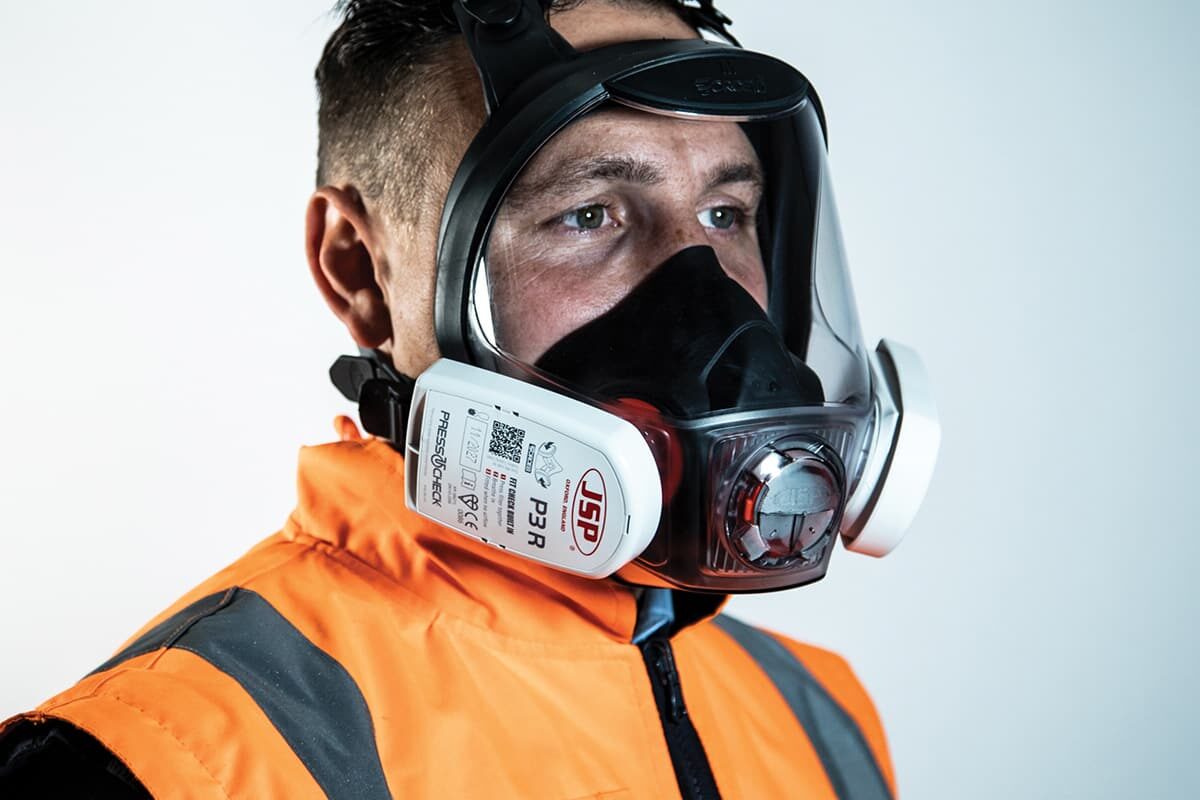
As of Monday 5th October 2020, the Health and Safety Executive (HSE) launched a brand new health-focused initiative which targets construction firms across Great Britain. This means that health and safety inspectors will make visits to construction premises to check that their health standards are at acceptable standards in a month-long inspection initiative.
HSE Update - 5th October 2020
This month, the Health and Safety Executive (HSE) launched a new health focused initiative; the fourth of its kind. With a focus on respiratory risks and occupational lung disease within the construction industry, this new initiative will investigate measures in place to protect workforces. They will be looking for protection against asbestos, silica and dust wood; all of which pose a real danger in such environments.
This initiative is part of HSE’s longer term health and work strategy to improve health within the construction industry. There will be a focus on health during the investigations, however should an inspector discover anything of concern, enforcement action will be taken. HSE inspectors will be looking to see that construction businesses are taking all of the necessary steps and precautions to safeguard workers from such risks.
Furthermore, inspectors will be checking that workplaces are also COVID-19 secure and protecting staff against the risk of coronavirus as much as possible. Part of this process will involve checking that both workers and employers understand the risks and are able to provide evidence of this. They'll also need to show that they are planning their work and using the right controls at all times. As stated above, HSE inspectors will, if necessary, use enforcement to ensure people are adequately protected.
Why has the initiative been introduced?
Each year more than 3,500 builders die from work related cancers. What's more, thousands more cases of ill-health and working days lost are also reported. This new health focused initiative has been introduced to highlight the significant issue within the construction industry and influence employer behaviour as a result.
Supported by the HSE's 'Dustbuster' campaign, the drive is to encourage builders and tradespeople to take advantage of a vast array of free advice and guidance on the subject with the aim of increasing their knowledge and protecting their health in the long term.
Around 100 times as many workers die from diseases caused or made worse by their work than are actually killed in construction accidents.
Our inspection initiatives ensure that inspectors are able to speak to duty holders and visit sites to look at the kind of action businesses in the construction industry are taking right now to protect their workers’ health, particularly when it comes to exposure to dust and damage to lungs.
There are a few simple things that everyone can do to make sure they are protecting their health and their future. Be aware of the risks associated with activities you do every day, recognise the dangers of hazardous dust and consider how it can affect your health. We want businesses and their workers to think of the job from start to finish and avoid creating dust by working in different ways to keep dust down and wear the right mask and clothing.
Sarah Jardine, HSE Chief Inspector of Construction
For more information
Interested in finding out more about the programme of inspections? Sign up for the HSE's Construction E-Bulletins here: hse.gov.uk/construction/infonet.htm
Alternatively, follow the campaign on social media by heading to @hsegovuk and @SaferSites on Facebook, or @H_S_E on Twitter. Use the #Dustbuster hashtag to get involved and join the conversation!
*Disclaimer* This article is our interpretation of the new safety guidance. Axminster Tools do not necessarily endorse any suggestions, solutions, or third party products that may be mentioned. Please use the information at your own discretion. Axminster Tools does not guarantee that these links will be maintained or functional at any given time.
Dust Extractor Classes
Want to learn more about the different dust extractor classes? Read our helpful blog.
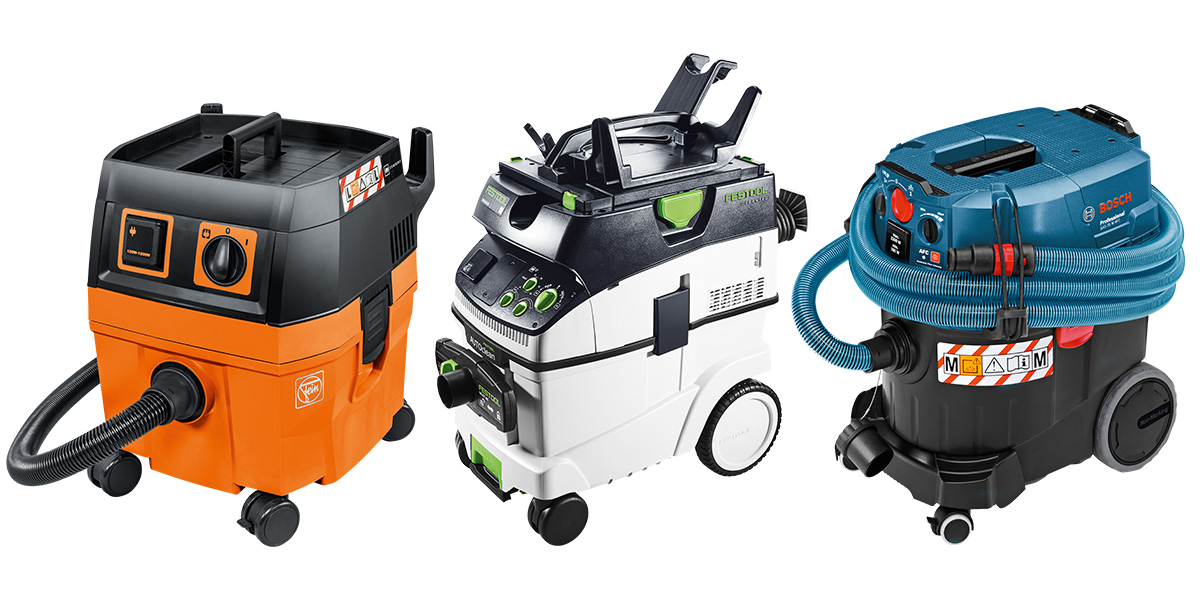
In summary, it is important to choose the dust class of your dust extractor according to the material you work with. In terms of the various dust extractor classes available, the differences are as follows:
L Class
Firstly, the occupational exposure limit for L Class dust is >1 mg/m3, which means you need a dust extractor that catches 99% of the dust.
L Class (low risk) dust extractors are designed for processes involving mica, china clay, gypsum as well as simple household dust and materials such as soil and lime. The L-class dust extractor is designed for general work. If you are routing/sanding MDF, manmade boards or all solid woods (oak, beech etc), you should use an M-class extractor.
M Class
Next, the occupational exposure limit for M Class dust is >0.1 mg/m3, which means you need a dust extractor that catches 99.9% of the dust.
M Class (medium risk) dust extractors are suitable for processes involving mica, china clay, gypsum, wood dust (softwood and hardwood) and silica dust. Other materials include dust from repair compound, filler and clear coats, dust from cement, concrete and tile cement, quartziferous materials such as sand and pebbles. These extractors are also suitable for oil paints and latex.
A true M Class dust extractor includes an audible alarm to advise you when the suction rate has dropped. This could be caused by a full dust bag or a blocked hose. You’ll discover that when working on site, the health and safety manager will insist on using M Class dust extraction. Furthermore, M Class is also the minimal legal requirement, set by the HSE. In every case, it is important to extract as much dust at source, as well as wear adequate Respiratory Protective Equipment (RPE) at all times.
H Class
Lastly, the occupational exposure limit for H Class dust is ≤ 0.1 mg/m3, which means you need a dust extractor that catches 99.995% of the dust.
H Class (high risk) dust extractors are ideal for dust containing carcinogenic or pathogenic particles as well as mould spores, asbestos, mineral fibres, bitumen and artificial mineral fibres such as glass wool. They are also suitable for formaldehyde, mould, germs, lead, carbon, tar, nickel, cobalt, copper and cadmium.
If you work in environments where carcinogenic or pathogenic materials exist, you’ll definitely need to opt for an H class dust extractor. They include all the features of M class dust extractors, but also offer greater filtration and suction.
Respiratory Protective Equipment (RPE)
It is essential that you make sure any RPE is subject to an RPE programme. An RPE programme encapsulates all the elements of RPE use you need to ensure that your RPE is effective in protecting you.
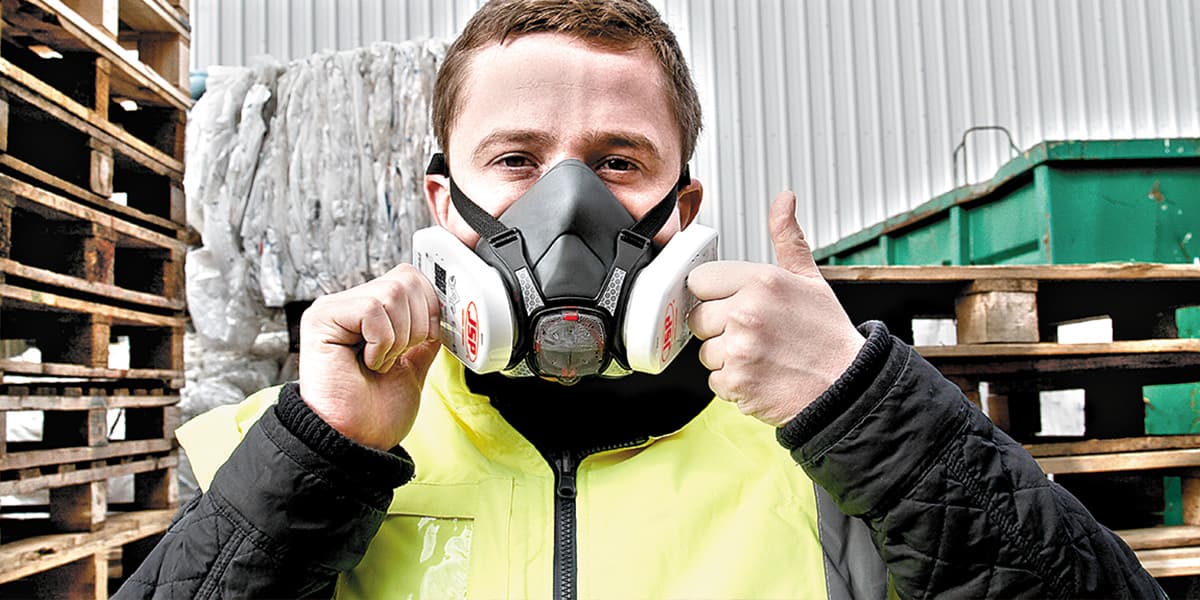
How does a respirator mask work?
Filtering facepieces protect from respirable dust, smoke, and aqueous fog (aerosols). However they offer no protection from vapor and gas. The classifying system consists of the three FFP classes; FFP1, FFP2 and FFP3. The abbreviation FFP stands for "filtering facepiece". A respirator mask covers mouth and nose and is constructed of various filter materials and the mask itself. Their use is mandatory in working environments exceeding the occupational exposure limit value (OEL). This is the maximal concentration of dust, smoke, and/or aerosols in our breathing air that won’t result in harm to health.
At Axminster, we offer a range of respirators, please see below for our recommendations.
FFP2 Respirator Masks
Protection class FFP2 respirator masks are made for working environments in which harmful and mutagenic particles can be found in the breathing air. Respirator masks of this class must contain at least 94 % of the particles measuring up to 0.6 μm.
Protection class FFP2 respirator masks are typically worn in the woodworking, metal and mining industry. Workers in these industries are frequently in contact with wood dust, aerosols, fog and smoke. This can result in conditions of the respiratory system such as lung cancer in the long term. In addition, workers harbour the massive risk of secondary diseases and active tuberculosis of the lung.
- Protection from firm and fluid deleterious kinds of dust, smoke, and aerosols
- Particles may be fibrogenic – which means they irritate the respiratory system in the short term and can result in reduction of elasticity of pulmonary tissue in the long run
- Total leakage may amount to a maximum of 11%
- OEL transgression to the tenfold value
FFP3 Respirator Masks
Next, protection class FFP3 respirator masks offer maximum protection from breathing air pollution. The total leakage may amount to a maximum of 5%. They must filter 99% of all particles measuring up to 0.6 μm. This kind of mask also filters poisonous, oncogenic and radioactive particles. As a result, FFP3 masks are often used in the chemistry industry.
- Protection from poisonous and deleterious kinds of dust, smoke, and aerosols
- Recommended when working with oncogenic or radioactive substances or pathogens such as viruses, bacteria and fungal spores
- Total leakage may amount to a maximum of 5%
- OEL transgression to the thirtyfold value
Please note: The carbon layer in Uvex's filter system protects wearers from unpleasant odours in addition to the required breathing protection.
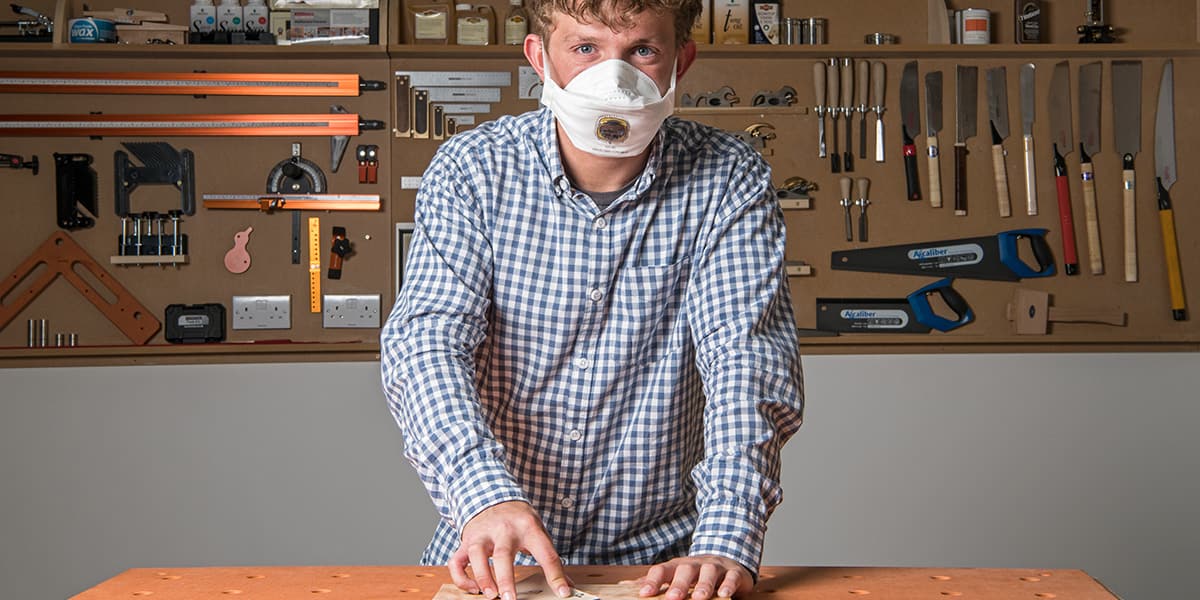
Recommended Re-usable Respirators
The medium JSP Force™ 8 Twin Cartridge Half-Mask comes with two PressToCheck™ P3 high efficiency particulate dust filters. The Force™ 8 PressToCheck™ filters allow you to instantly check that you have the correct seal every time. The Force™ 8 also features the Typhoon™ valve. This has very low breathing resistance which allows you to breathe comfortably without fatigue.
JSP Force 8 respirators are reusable. For convenience, they can be easily stripped, cleaned, maintained and reused for an indefinite period of time. Replacement filters whilst not indefinite, last far longer than single use disposable respirators. JSP recommend 1-3 days for high use, 3-5 days for medium use and 28 days maximum for light use.
*Disclaimer*
The information provided above regarding the classes is non-binding information. The specified protection classes for the various areas of application are minimum requirements. They are only for guidance. It is the responsibility of the user to check before use whether the breathing apparatus meets the requirements regarding hazardous substances and concentrations. For the selection of the correct personal protective equipment, an assessment must always be carried out on site by the professional association or comparable institutions. Axminster Tools assumes no liability for the information provided.
Need help?
With an ever-expanding range on our website and stores across the country, Axminster Tools offer a great selection of health and safety products. If you’d like to know more about what the new HSE health focused initiative means for you, get in touch with our Axminster experts today.
Discover more…
If you’ve enjoyed reading this helpful guide, why not take a look at other related articles? Firstly, our informative First Look guide to the PowerCap® Infinity® Respirator is worth a read. Designed for industrial environments, it is JSP’s first four-in-one head unit and offers users complete above the head protection.
Next, why not explore the Welding Health and Safety Update which explores the reclassification of mild steel welding fumes? As of February 2019, anyone who undertakes welding activities, regardless of industry must be protected against welding fumes. This comes as a result of new scientific evidence from the International Agency for Research on Cancer.
Furthermore, Festool’s CTM MIDI CLEANTEC dust extractor is perfect for when you’re on the go. This dust extractor extracts class M dusts on the construction site with minimal impact on health. Read our informative Insights guide to find out more. Lastly, anyone can suffer financial loss as a result of long term sick leave due to injury at work. Not only is it the law, there are measures you can take to reduce risk by using the correct Personal Protective Equipment (PPE).






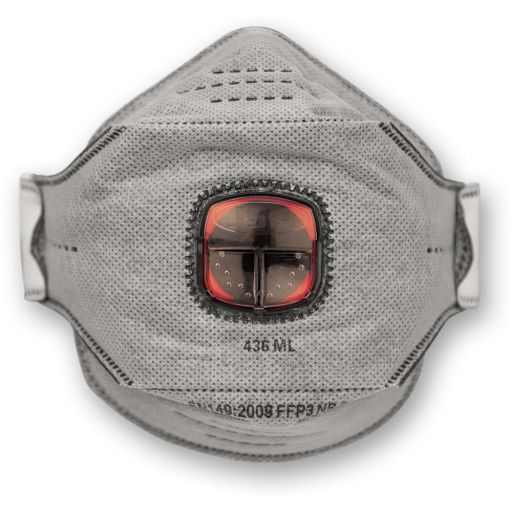
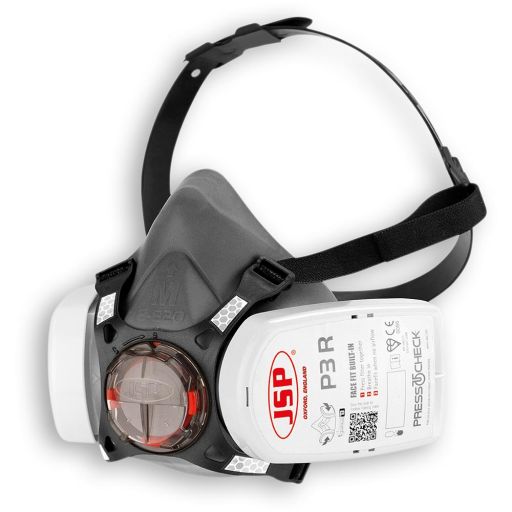
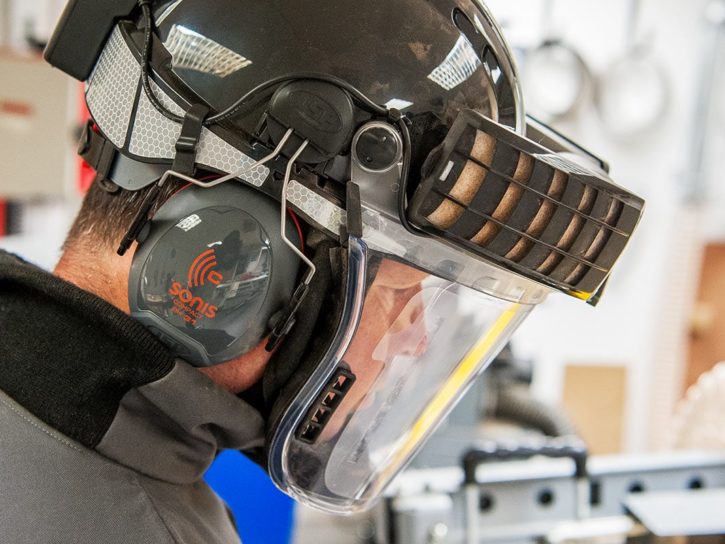
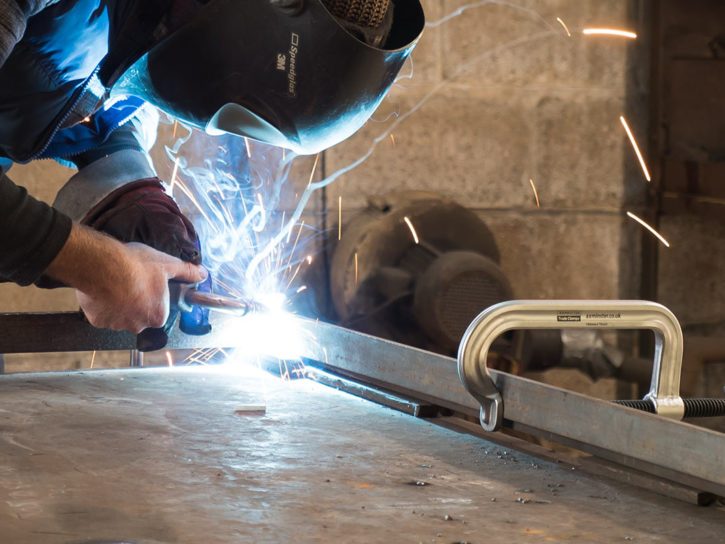
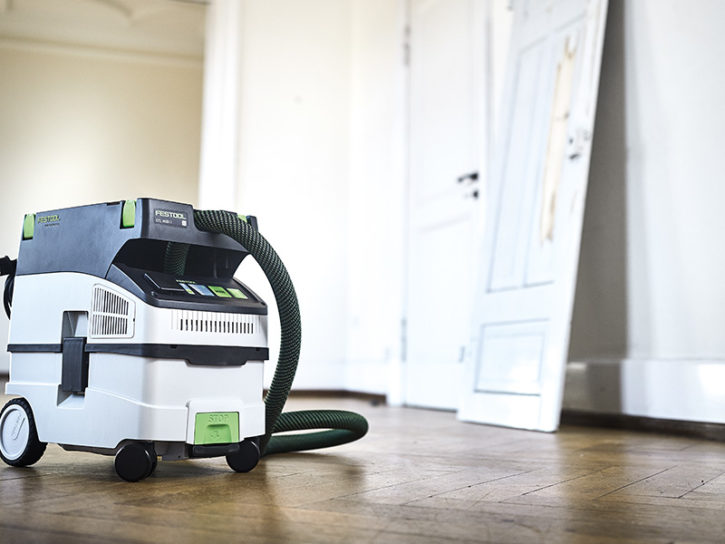

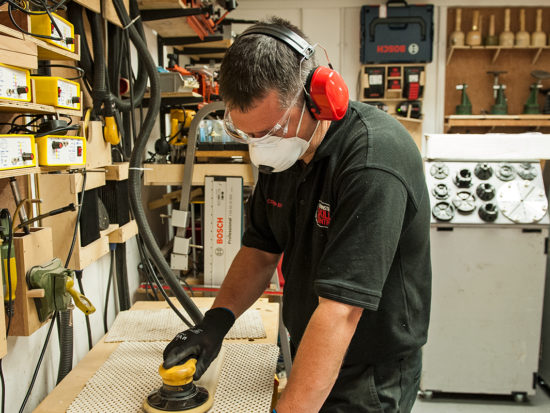
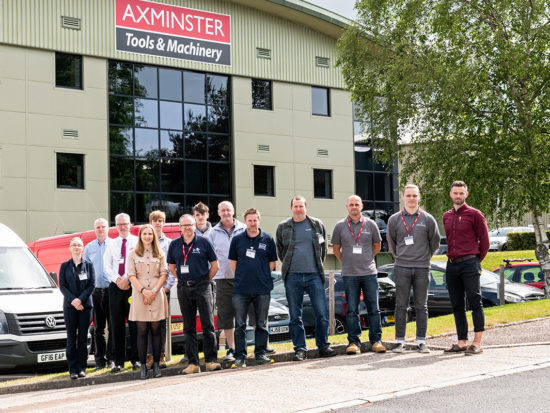
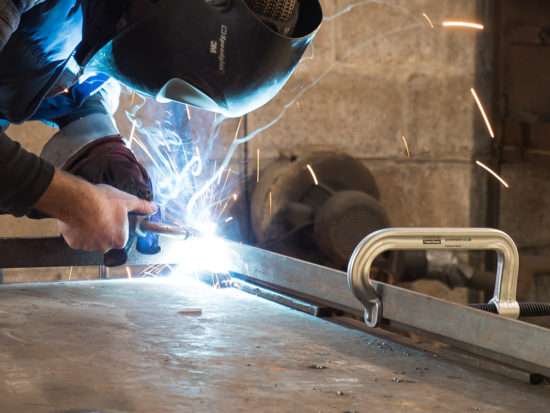
I understand the need for respiratory protection.
It does cause me great concern that many suppliers do not have dust masks in stock and don't know when they will be back in stock.
Lack of availability should be of great concern to the HSE.